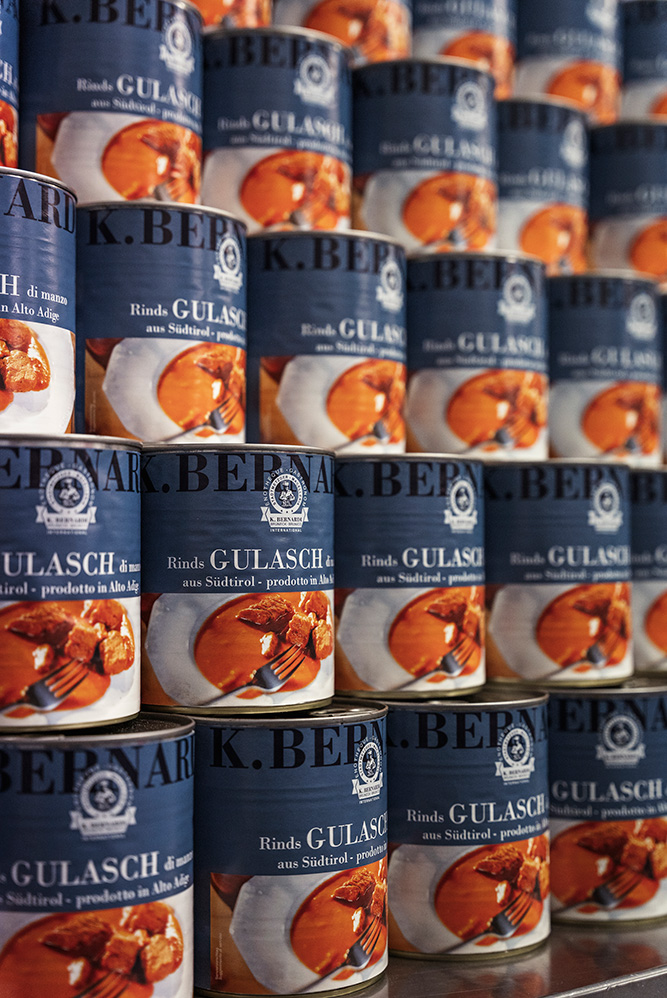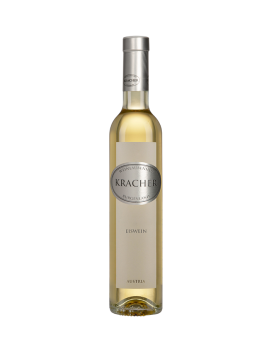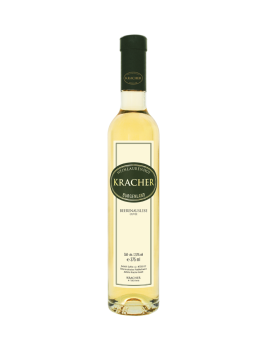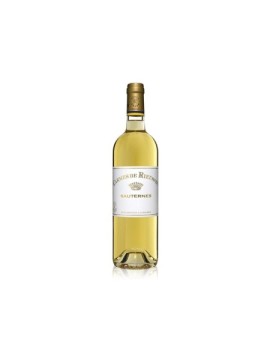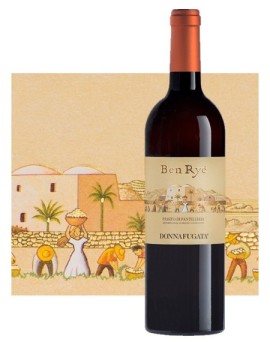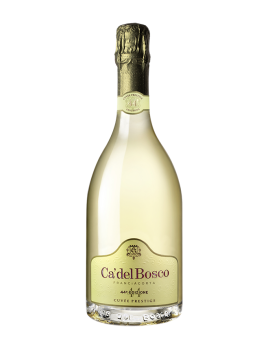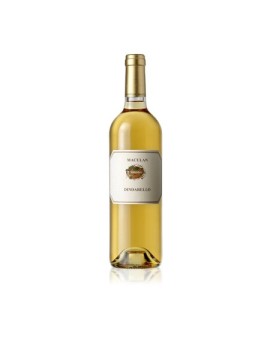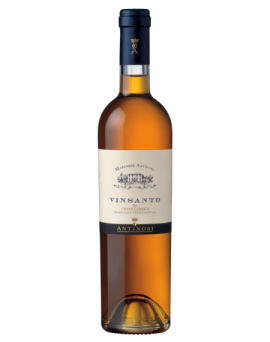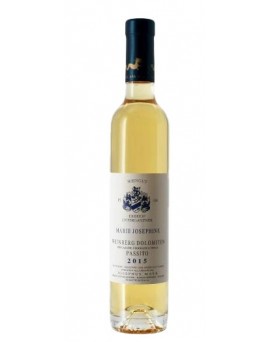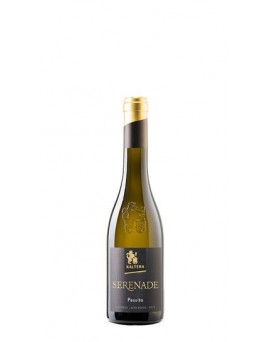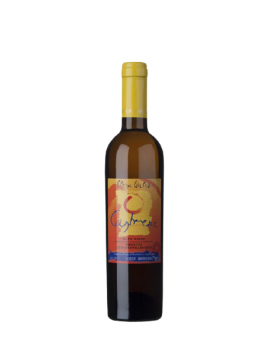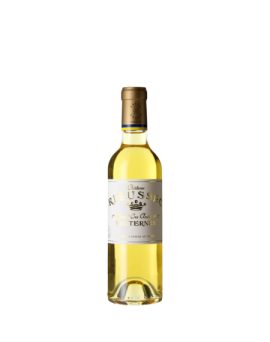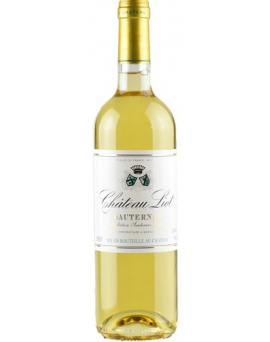Eiswein Kracher 375ml 2018
Weinlaubenhof Kracher is located south-east of Vienna in Burgenland, a region characterised by gravelly soils with varying limestone content transported by the Danube<br />River. The presence of this river together with Lake Neusiedl creates a warm humid climate ideal for the formation of noble rot on the grapes produced in the area. Kracher is<br />based in Illmitz, on the Hungarian border, and has been run since 2007 by Alois' son Gerhard Kracher, with the help of his wife Yvonne: it is Austria's leading winery for<br />sweet wines. The varieties used are Welschriesling, Chardonnay, Traminer, Scheurebe, Muskat-Ottonel, and in some vintages also Zweigelt. Kracher harvests and vinifies<br />small batches, using a number series to distinguish them: a higher number corresponds to a higher sugar concentration in the wine. Two types of wine are produced: Cuvée,<br />sweet wines of medium concentration, Beerenauslese and Eiswein; Kollektion, very concentrated sweet wines produced according to two different methods: Zwischen den<br />Seen (traditional with fermentation in steel or wooden barrels) and Nouvelle Vague (modern with the use of new barriques). WEINLAUBENHOF KRACHER has also started a<br />collaboration with the Liliac Winery in Transylvania, in order to exploit the climatic peculiarities of the Lechinta region that are optimal for the production of Eiswein.<br /><br />Variety: Welschriesling<br /><br />Vineyards: Weinlaubenhof Kracher is located south-east of Vienna in Burgenland, a region characterised by gravelly soils with varying limestone content transported by the<br />River Danube. The presence of this river together with Lake Neusiedl creates a warm humid climate ideal for the formation of noble rot on the grapes produced in the area.<br /><br />Vinification: fermentation and ageing in stainless steel tanks.<br /><br />Characteristic properties: The Eiswein of Weinlaubenhof Kracher is lively and linear, clean on the palate and characterised by a finish in which pineapple and peach notes<br />stand out. The great balance makes it a wine that is hard to resist. Simply delicious.<br />
Price
€56.40

